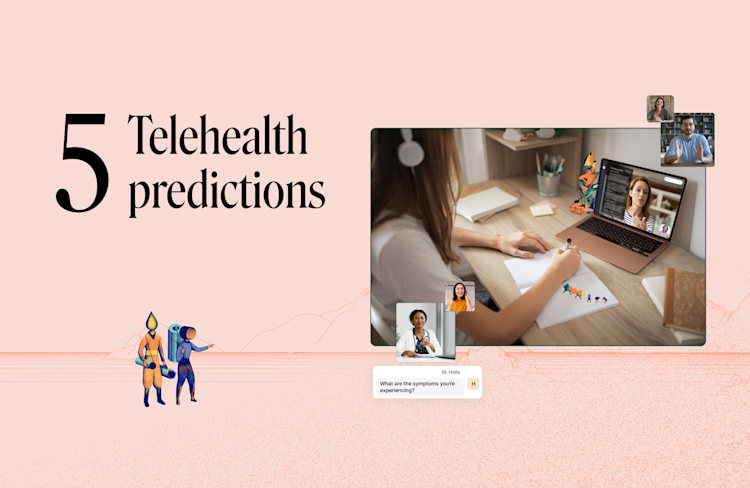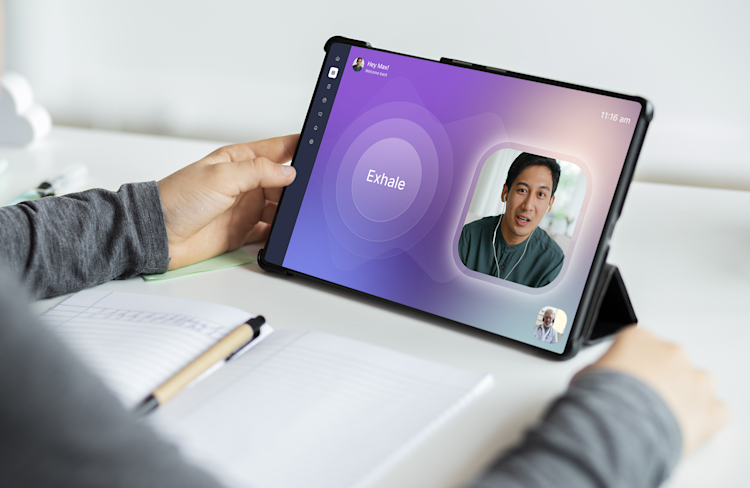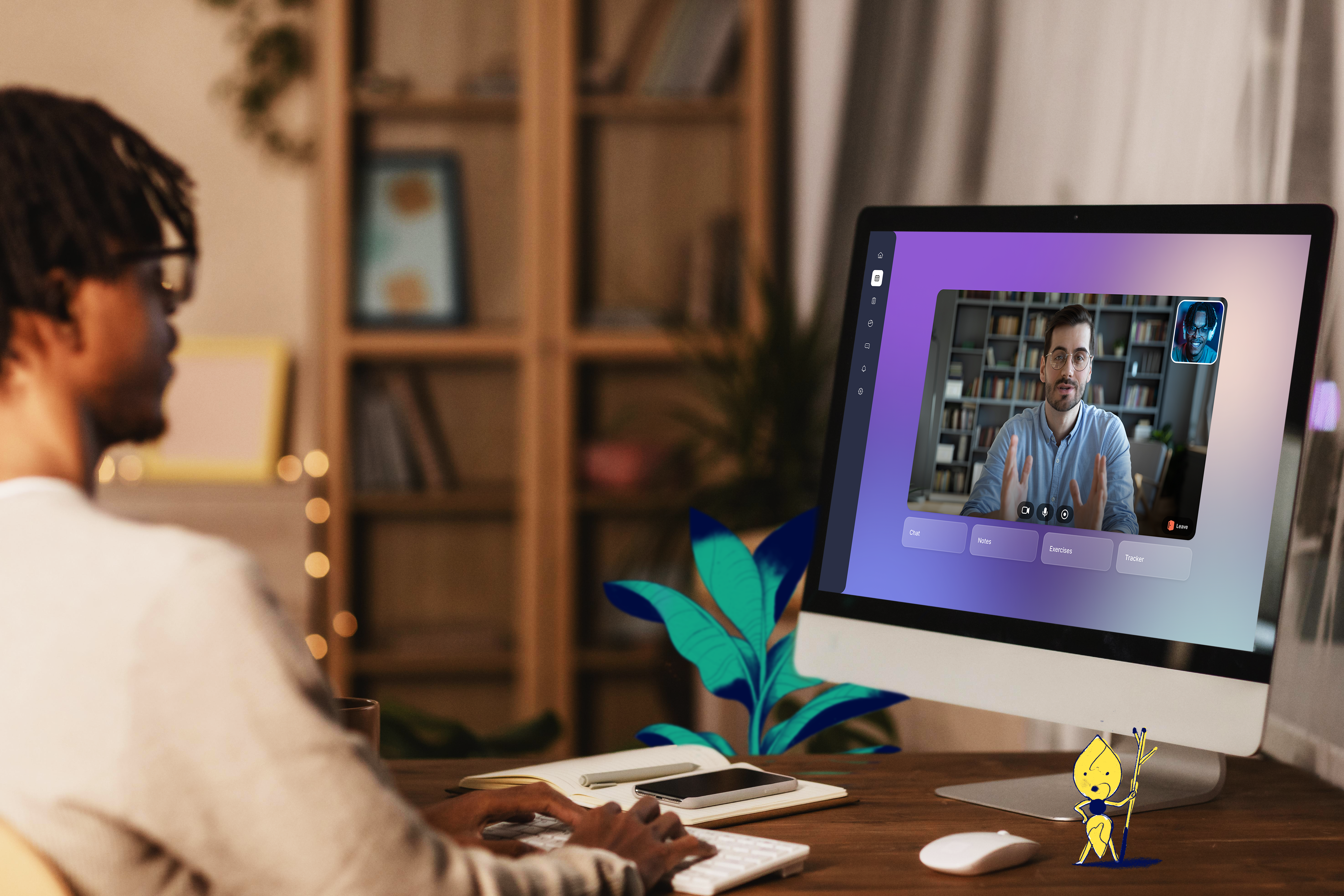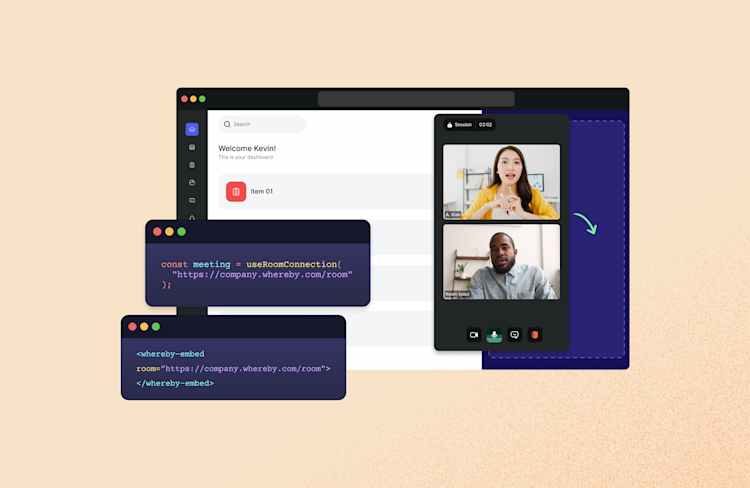This Could Have Been an Email: How to Decide When to Actually Call a Meeting
We’ve all been in them. Those meetings that suck the life out of you for a whole hour. Where at the end you sigh and think to yourself, “that could have been an email.”

In this post, we’ll show you how to host worthwhile, productive meetings with concrete outcomes. In other words, meetings that definitely couldn’t be emails.
Do you really need a meeting?
Meetings are expensive. They take up a lot of time – which, in reality, means a lot of money. So before you pop one in the calendar and invite everyone on your team, have a think about how costly it can be.
45 minute meeting × 4 people = 3 working hours
1 hour meeting × 6 people = 6 working hours
15 minute sync × 8 people × 5 days = 10 working hours
Plus, every time you stop working on a project to dive into a meeting, you have to force your brain to stop thinking about one thing and start focusing on something else. It’s called context switching, and humans find it real tiring. (Fun fact: that’s why Obama wore the same suit every day.)
Our brains can only cope with so much context switching in a day before they stop working properly. Which means that all that joining meetings, then going back to work, then joining meetings takes a big toll – costing time, energy, and money.
As a quick guide, here are a few things that definitely don’t need to be a meeting:
Project updates
Ideation sessions
Asking for feedback
If you really need to host a meeting, keep it as short as possible. Most people put in meetings for much more time than they need. Next time you hit the ‘schedule’ button, try sticking to 15-30 minutes, rather than a whole hour. You might be surprised at how much you get done.
Top tips for a productive meeting
1. Have a facilitator
If you want your meeting to go well, you need someone to steer the ship. That person’s called a facilitator. (And while they don’t need to wear a captain’s hat, it certainly helps.)
The facilitator’s job is to make sure your meeting POPs. Which means it needs a:
Purpose
Outcome
Process
If you haven’t appointed a facilitator but you scheduled the meeting, then congratulations! You’re the facilitator – and you get to make it POP.
2. Make it visual
Having something to look at during a meeting makes your meeting more engaging for visual learners. It also ensures that you have an onscreen source of truth – rather than relying on people to remember something they heard.
When conversations happen face to face, ideas and opinions become personal. But including an onscreen document or virtual whiteboard means you can psychologically divorce ideas and opinions from the person who’s presenting, and make the conversation more objective.
At a super basic level, when there’s something happening on the screen, it helps people pay attention. Try it!
3. Avoid rabbit holes
People are always going to raise important topics, questions, and comments during a meeting. While they might not be super relevant to the meeting itself, it’s important to have a place for those items to go.
At Whereby, we sometimes call it a ‘parking lot’ (as in, “let’s park that for now”), or ‘pinned items’ (as in, “let’s stick a pin in that”). We’ll then write the ideas down in a document to deal with after the meeting.
Here’s some inspiration for how to stop a rabbit hole in its tracks:
“Let’s take that offline”
“Let’s circle back to that at the end if there’s time”
“That sounds important so let’s come back to it later after we’ve wrapped this up”
4. Facilitate good conflict
Conflict gets a bad rep but it can be beneficial. How many times have you thought everyone was on the same page in a meeting, only finding out later that not everyone understood what that page actually was?
Here are some tips to check everyone’s onboard with what’s being said:
Look for visual cues
Clarify points
Encourage diverse opinions
Invite productive dissent
Actively solicit opinions
Ask the ‘stupid’ questions (remember: there aren’t any)
Another way to actively ask for people’s opinion is to do a Roman vote. Just make a proposition then get everyone to raise a fist in their air. On the count of three, people vote with one of these gestures:
👍🏿 I agree with the proposition
👎🏻 I disagree with the proposition or have a suggestion to modify the proposition
🤙🏽 I’m comfortable with whatever the majority vote is
For example: “I propose we take a break for the next 10 minutes. Let’s vote in three…. 1, 2, 3.”
Plus, this is extra easy with Whereby’s emoji reactions!
5. Be prepared
As we’ve discussed, meeting time is super precious. Share any resources you can beforehand to maximize time for the conversations in the meeting. Like an update, agenda, or a list of potential options for a certain situation.
6. Go big
At some point, a regular meeting won’t cut it. Like when there are too many people, or the decisions that need to be made are too complex. In those cases, you’ll probably need a larger meeting format, like a workshop. Thankfully, we’ve got some tips to help.
--
Ready to host a productive meeting that can’t be an email? Try Whereby – the beautiful, simple video platform for better meetings.





